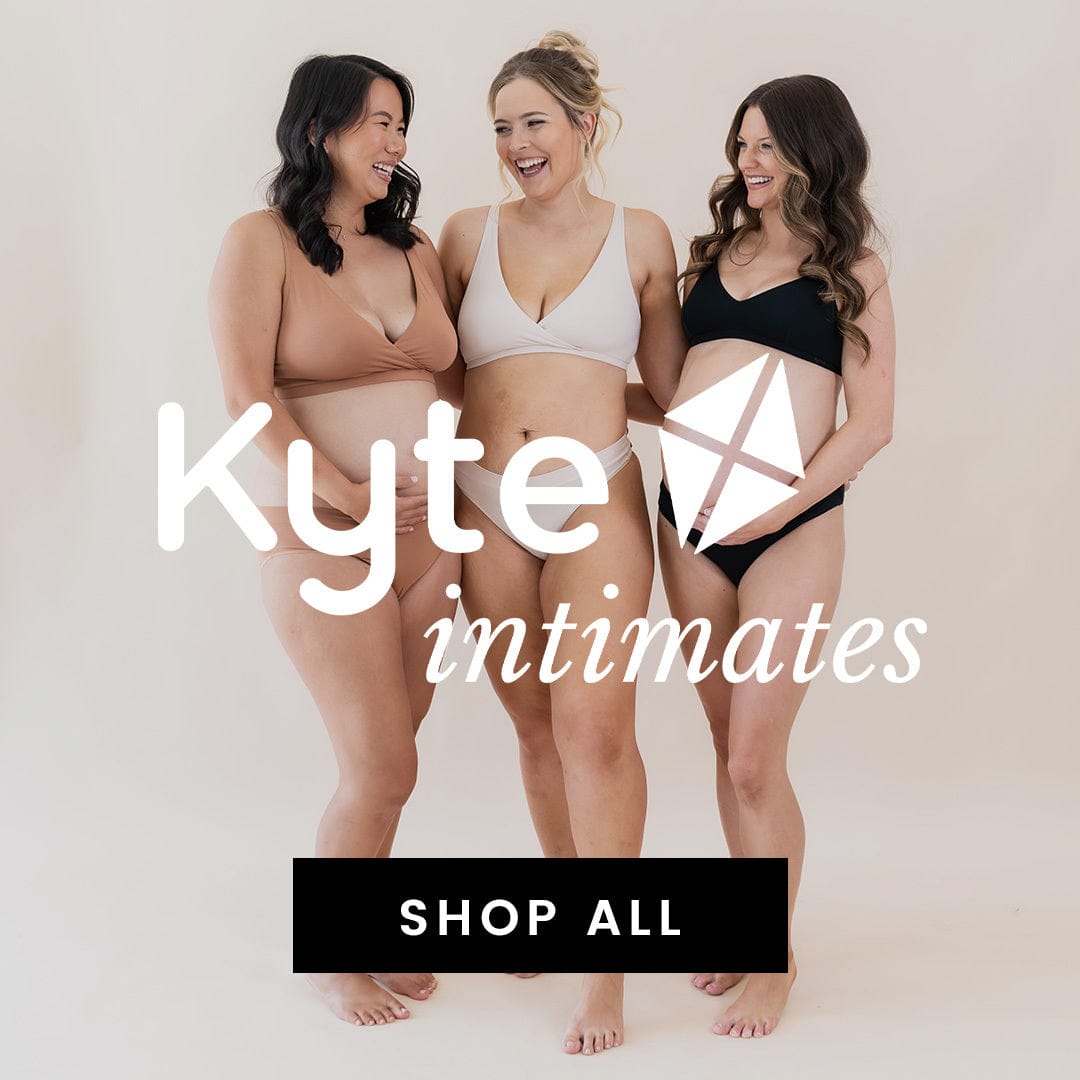
Losing the swaddle marks the first big transition around your baby’s sleep, and it is rougher for some than others. Although every baby is different, and most adjust within a week or two, those who have a stronger startle reflex and are highly dependent on swaddling may struggle more with the transition. Unfortunately, there’s really no way around this. The swaddle has to go, like it or not, but there may be a way to make the transition easier.
Meet the Sleep Bag Swaddler, our patent-pending, all-in-one sleep system. Babies cling to familiarity, and since our swaddler is a two-piece sleep bag and swaddling band, they can benefit from continuing to use the same sleep bag underneath even after ditching the swaddle. Sleep bags function as a strong sleep cue and positive sleep association, which can help make the transition as smooth as possible.

STAGE 1: SWADDLER
- Put your baby in the sleep bag and zip up.
- Attach the Velcro on the back of the sleep bag to the Velcro on the back of the swaddling band.
- Wrap the first arm below the shoulder.
- Wrap the second arm, securing the Velcro, and keeping hip area loose for proper hip development.
- If you wish, you may use the detachable elastic band to cinch extra room below baby's feet.
The swaddle should be securely wrapped below your baby’s shoulders, about 2-3 inches below the chin. Always take care to make sure that the Velcro is securely attached. Following these guidelines is the safest way to use our Sleep Bag Swaddler and prevent any loose fabric covering your baby’s face.
Do not, under any circumstances, use the wrap piece with any other sleep bag other than the one it came with. It is designed to be used only with its corresponding sleep bag in size XS. The Velcro on the sleep bag and swaddle wrap keeps everything secure and plays an important safety role in ensuring that loose fabric does not become a hazard to your baby.

STAGE 2: SLEEP BAG
Once your baby has outgrown the swaddle wrap at 8 weeks or has shown signs of rolling over, you may simply detach it and store for future use. When used on its own, the XS sleep bag underneath is designed to safely fit a newborn up to 13 lbs. Kyte Baby sleep bags are crafted from bamboo, which is not only a sustainable resource, but also produces fabric that is hypoallergenic, absorbent, breathable, and temperature-regulating.
Since your baby cannot have any loose blankets, pillows, toys, or bumpers in the crib at all in the first year, the American Academy of Pediatrics recommends the use of wearable blankets, such as our sleep bags, to keep your baby warm. The temperature-regulating properties of our bamboo fabric ensures that your little one sleeps comfortably at the perfect temperature when wearing a sleep bag in the appropriate TOG.
Our Sleep Bag Swaddlers are 1.0 TOG, which means the nursery temperature should be 69 to 73 degrees Fahrenheit. If the nursery is a little colder than 69 degrees, simply dress your baby in a warmer piece of clothing, such as footie pajamas, underneath the sleep bag.
When using the sleep bag, always make sure that your baby’s hips and legs have room to move. There should be extra material at the feet, and your baby should be able to bend their legs comfortably to ensure proper hip development. Restrictive clothing that does not allow the bending of the legs can lead to hip dysplasia in babies. While it is safe to wrap their torso and arms tightly, wrapping their legs tightly can contribute to hip dysplasia.













